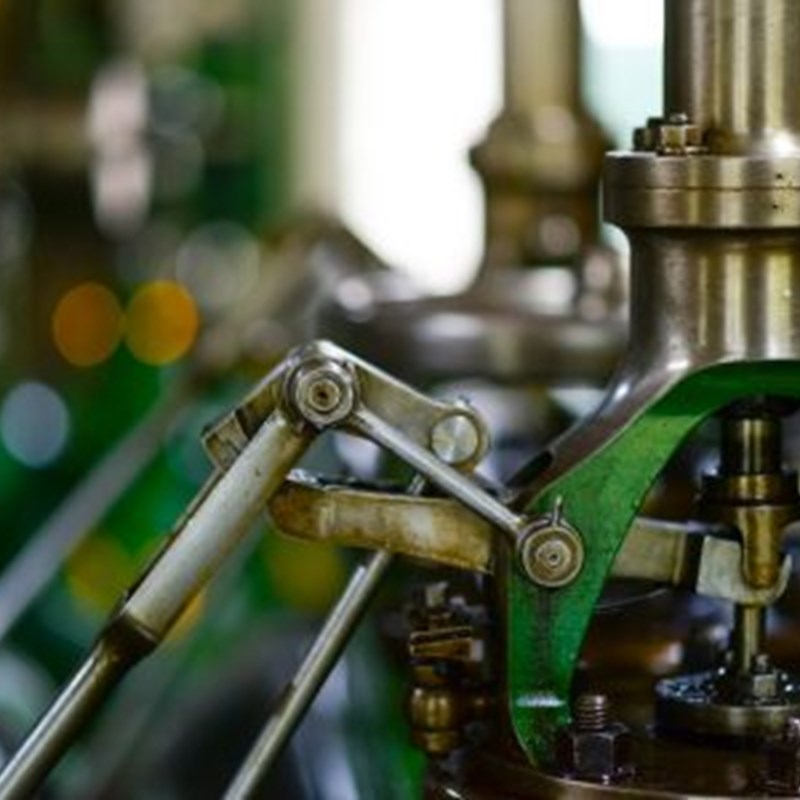
‘A customer can have a car painted any colour that he wants, so long as it is black’ (Henry Ford, 1909)
Ford’s famous line paints a picture of manufacturing as it was a lifetime ago – mass production of identical products, made as quickly and as cheaply as possible in large factories with huge workforces.
Here we are over 100 years later, and the landscape of manufacturing has changed significantly. Now production sites and processes need to keep up with the increasing demands of customers – and the buzzwords of the moment are customisation, personalisation and individualisation.
These concepts are more than passing manufacturing trends, of course. Personal customisation has become a big part of our everyday lives. You only have to turn on your TV for tailored menus based on your favourite boxsets, or go into your nearest coffee shop to order a hot drink just the way you like it to experience customisation for yourself. In this consumer-led world, manufacturers have two choices, offer individualised products, or get left behind.
Connected manufacturing
In order to make the step to offering full product customisation, factories must make sure that they have the right processes in place – and this means IoT-connected technology, automation, digital twin and Artificial Intelligence on the production line and beyond.
By giving manufacturers visibility of their entire supply chain and production processes, IoT connected devices and sensors can help identify and resolve inefficiencies or bottlenecks before they even become a problem. Real-time data, both on the edge and in the cloud, provide manufacturers with the ‘big picture’ of their production processes like never before. This means that smaller, individual production sites are a real possibility for localised custom orders, and that processes can include more complex differentiation without over-complicating the supply chain.
Batch Size 1
Individual orders or a batch size of one – would have been an inconceivable proposition just a short time ago, yet now it’s a reality giving customers access to unique products, on a mass scale. Successful mass customisation involves producing batches of one without compromising on efficiency.
Innovative technologies such as digital twin and 3D printing offer increased opportunities for customisation and personalisation, and smaller, local manufacturing sites can replace larger plants, keeping costs down and giving customers the opportunity to adapt and refine their requests with little disruption to the manufacturing process.
Reshoring
Since the first industrial revolution, manufacturers have sought to produce goods on a mass scale, in locations that offer production at the lowest cost. In the late 20th and early 21st centuries, this has meant migrating manufacturing plants to countries with low-cost workforces such as China or India. But as more and more manufacturers embrace the Smart Factory, this trend looks set to be reversed. One of the key advantages of customisation is the possibility of reducing lead times, so shipping products from China can become a headache when it comes to fulfilling customer orders in the shortest time possible.
Industry 5.0
Industry 5.0 will encompass technology like IoT, AI and Edge Computing to enable customisation on a mass scale. Manufacturers will be able to increase efficiency and keep costs down without having to rely on manufacturing plants based in countries from where post-production delivery and logistics can often pose a challenge.
Coming soon…
Look out for our next blog post focusing on Smart Logistics – how IoT is changing the supply chain for the better.